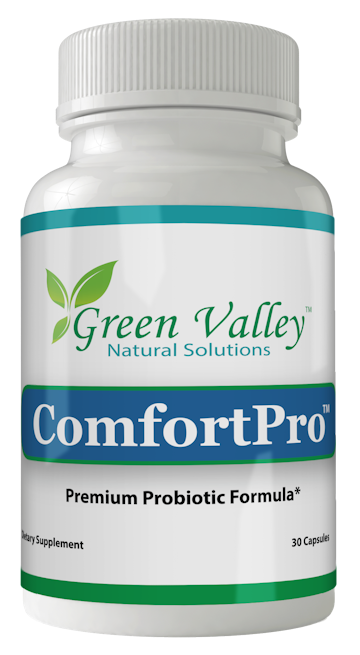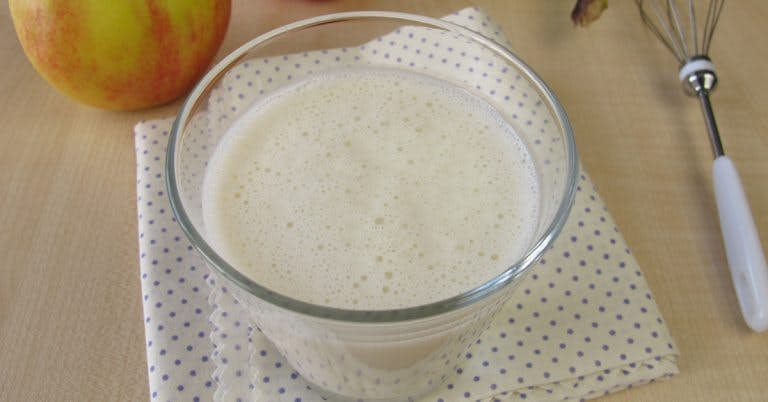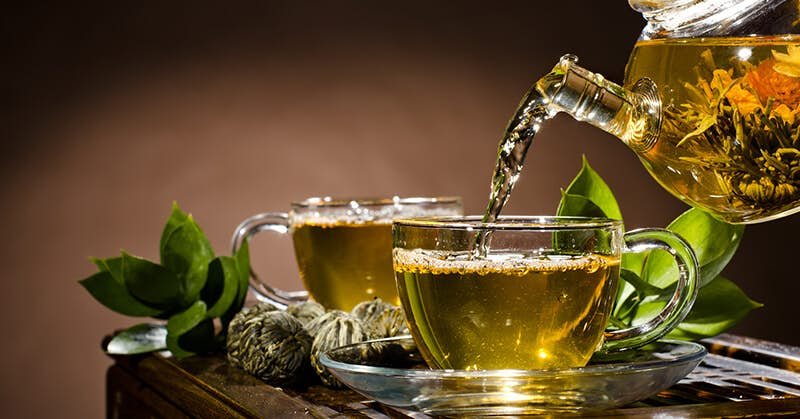
It was especially alarming because some strains are resistant to all anti-fungal drugs.
Fungus doesn’t get a good press. You might think there’s nothing good to say about fungi (except maybe for edible mushrooms), but actually there are species that are beneficial, even essential to our health. . .
Just as there are distinct communities of beneficial bacteria that thrive in many areas of our bodies, so there are different species of fungus that do the same thing.
Up until 2010 they were virtually ignored by the medical community, but now their importance to good health is finally being recognized.
First There Was The Microbiome – Now There’s The Mycobiome
The lower digestive tract – the colon — contains over 10,000 individual strains of bacteria. Taken together, they weigh three or four pounds. This microbiome, as it’s called, has become the subject of intense research. Many people eat yogurt and take probiotic supplements to boost their good gut bacteria.But our guts also have a mycobiome. This term refers to 184 different species of fungus that make up about two percent of the microbes or “bugs” in our guts.
If you want to school eons ago like I did, you might think living creatures are divided into two kingdoms, plant and animal. But actually there are five or six kingdoms of living creatures, and bacteria and fungi each constitute a kingdom in themselves.
The bacterial and fungal colonies in our guts interact with one another. This reveals itself when patients are on a long course of antibiotics. Killing off bacteria often encourages fungal overgrowth like Candida albicans and the many unpleasant symptoms that accompany it.
Christopher Thornton, associate professor of fungal immunology at the University of Exeter, says, “It’s not just about bacteria any more — there is a shift in research which is putting greater importance on the role of fungus and bacteria together.”
NIH-funded scientist Mahmood Ghannoum has spent more than three decades researching fungi. He agrees with his UK colleague.
He and his research team at Case Western Reserve University in Cleveland, Ohio discovered that both types of microbe cooperate to create digestive plaque.
This plaque lines the lower intestinal wall, protects the microbes and offers benefits to both bacteria and fungi. It’s similar in nature to plaques formed on the teeth.
Need a Balance Between Good and Bad Fungi
These plaques can consist of helpful species that break down food and maintain a balance of gut organisms. In this case, the plaques are muted and modest in size.But more usually a plaque is composed of sizable and robust fungi that grow plaque and secrete tissue-destroying enzymes. These, together with bad bacteria, can lead to digestive disorders and a weakened immune system.
Like bacteria, there are “bad” fungi that have these adverse effects and “good” fungi that act as a check on the harmful ones. You need to sustain a balance between the two or your health can be compromised.
Several studies demonstrate this.
In March, scientists from the University of Utah found that Saccharomyces cerevisiae “exacerbated intestinal disease in a mouse model of colitis and increased gut barrier permeability.”
In plain English, this means this strain of fungus inflames your colon and creates holes or lesions in the colon wall that allow foreign matter to pass into your bloodstream. Not good.
In a human study, Spanish researchers found that obese people had less of a fungal genus called Mucor. This condition can be reversed if the person loses weight. The researchers concluded that “manipulation of gut mycobiome communities might be a novel target in the treatment of obesity.”
How To Keep Your Gut Fungus-Friendly
The best way to avoid fungal imbalances is to follow recommendations that encourage good gut bacteria.Eat plenty of fruit, vegetables and whole grains. Avoid refined foods, sugar, artificial ingredients (food additives and chemicals) and excessive amounts of alcohol.
Chronic stress can also substantially disrupt the myco- and microbiomes. If you suffer with stress you might like to follow Professor Ghannoum’s example and practice yoga and mindful breathing every day.
Another idea is to look for probiotics that contain yeast cultures as well as bacteria. Most probiotic supplements contain only bacteria.



